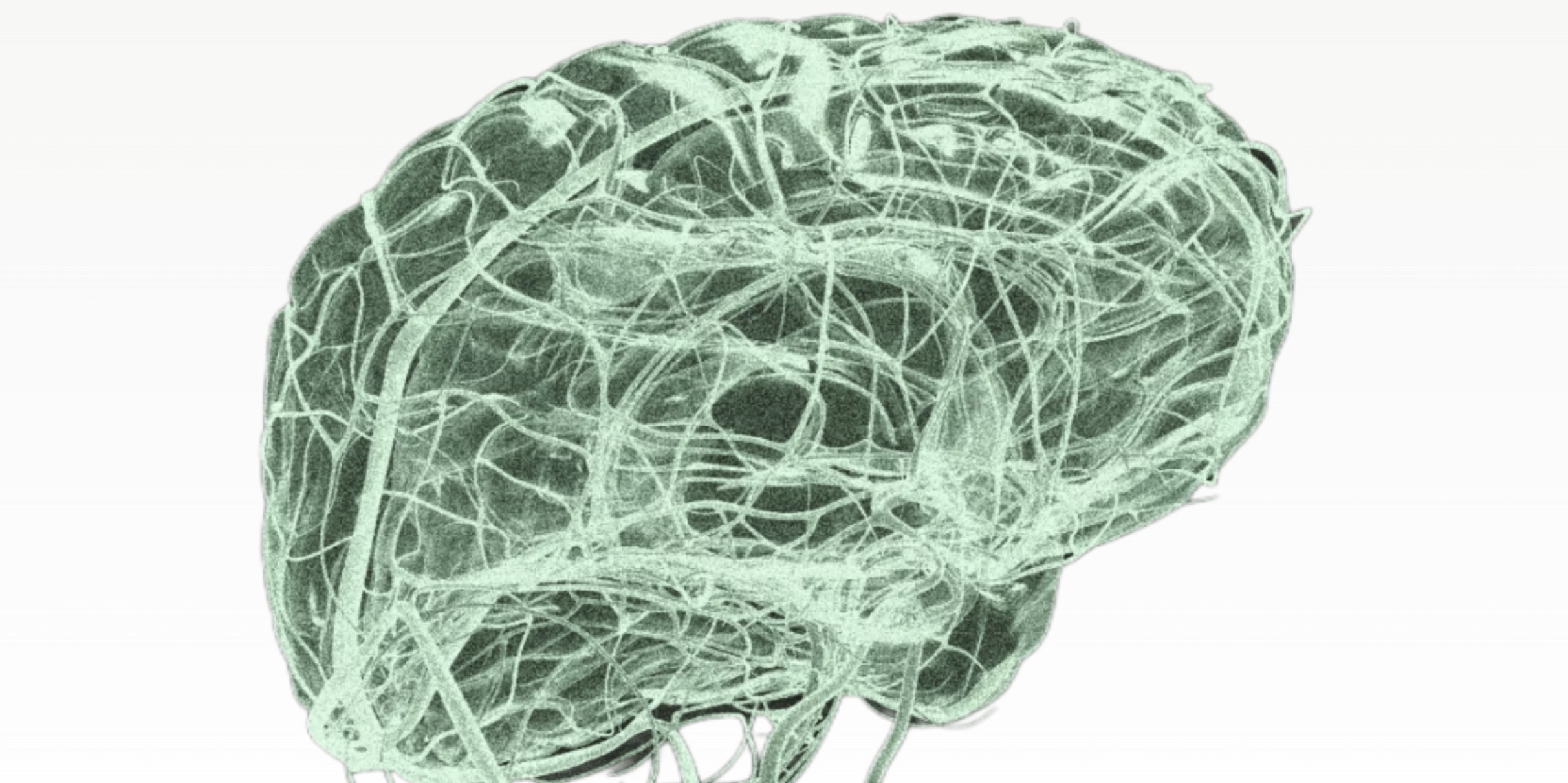It may sound like something out of a sci-fi film, but brain-computer interfaces are now a reality.
Brain-computer interfaces or BCIs listen to signals from the brain and interpret them as commands that instruct the movement of a computer mouse, robotic arm, or another connected device.
Brain-computer interface creator Synchron implanted its device, the Stentrode, in its first US patient on July 6. The patient whose ability to speak and move has been lost due to Amyotrophic lateral sclerosis (ALS) wishes to stay anonymous until he thoroughly experiences the benefits and drawbacks of the device.
“This surgery was special because of its implications and huge potential,” said the neurointerventional surgeon who conducted the surgery, Dr. Shahram Majidi.
The device will allow patients to control their PC mouse, enabling them to send texts and emails, shop online and otherwise interact with the internet. With so much now available through the web, BCIs can make an impactful difference for persons with paralysis.
Think it… Do it
Four Australian patients have already received Synchron’s implant over a year ago and thus far are not experiencing any ill side effects. Said patients have been able to use the device to make purchases online and send messages on WhatsApp, among other things.
While the concept of BCIs has been circulating for decades, only one other BCI has been approved by the Food and Drug Administration for human clinical trials—the Utah array. However, the Utah array requires a surgeon to drill into the skull. Luckily, however, the procedure for implanting Synchron’s device is much less invasive.
The Future of Healthcare
The recent progress in BCI technology offers an encouraging glimpse into the future of healthcare. While Synchron is ahead of its competitor, Neuralink is still maintaining it will start human trials soon. Other medical devices are also in the works, such as Baymatob’s AI-Powered Labor Monitoring Device, which can predict PPH before bleeding occurs. However,
The Stentrode is roughly the length of a AAA battery and is implanted into a blood vessel near the brain’s motor cortex. A receiver is then placed in the chest, which transmits signals to a decoder. The signals are then translated into commands via a machine learning algorithm.
The company hopes to implant the Stentrode into 15 patients by the end of the year. Currently, Synchron is still testing the safety and feasibility of the device. Once this is found to be satisfactory, the company must prove that the device greatly improves patients’ quality of life.
Should it succeed, Synchron will also need to gain FDA approval to make the device available under Medicare, the government-provided health insurance program in the United States. If the Stentrode is not made viable through Medicare, many US patients will be unable to afford it.
While still a ways off, Synchron CEO Thomas Oxley hopes that in 15 to 20 years, the company will be implanting a million devices a year.
Jack Brassell is a freelance journalist and aspiring novelist. Jack is a self-proclaimed nerd with a lifelong passion for storytelling. As an author, Jack writes mostly horror and young adult fantasy. Also an avid gamer, she works as the lead news editor at Hardcore Droid. When she isn't writing or playing games, she can often be found binge-watching Parks & Rec or The Office, proudly considering herself to be a cross between Leslie Knope and Pam Beasley.



































